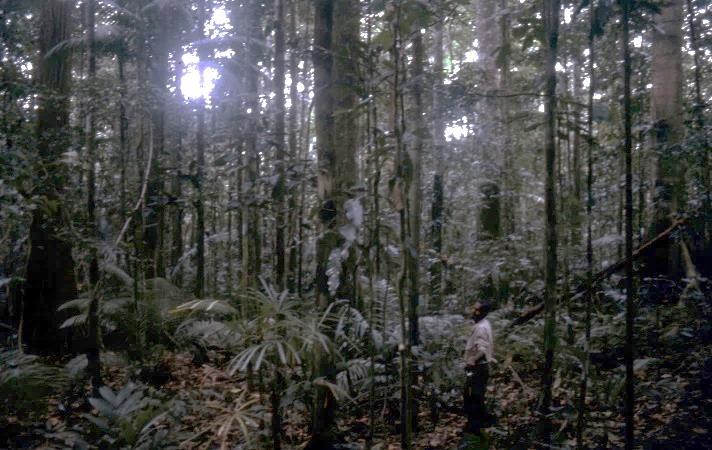
1 minute read
Introduction of Management to a Moist Tropical Rainforest Area
from PNGAF MAGAZINE ISSUE # 9D 2 of 15th October 2021 THE DEVELOPMENT OF PNG'S FOREST MANAGEMENT SYSTEMS
by rbmccarthy
Introduction of Management to a Moist Tropical Rainforest Area
Proper management of any area of rainforest will normally have as its aim the utilisation of the forest site for one or more of the four benefits forested areas provide. Those uses are not necessarily mutually exclusive.
Advertisement
• The management of the area under forest for the direct benefits which it provides in the way of major forest products. • The management of the area under forest for the direct benefits which it provides in the way of minor forest products. • The retention of areas under forest for its various indirect benefits. • The conversion of the area away from forest cover to some other form of land use, usually though not invariably, associated with growing of plants for food for cash or growing plants to nuture grazing animals which are then onsold for cash.
Of these benefits, the production of timber in its various forms is not always necessarily the most important. For example, protection of watersheds may have greater long-term significance.
However, the greatest attention has been given to the use of rainforest sites to produce timber products. The reasoning for this attention is not difficult to ascertain. The other benefits of rainforest management rely essentially on retention of the natural vegetation with as little disturbance as possible. The managing agent in utilising the forested area for timber production must ensure as much protection as possible is given to the vegetation when disturbed.
To protect the vegetation as much as possible, specific criteria as harvesting regulations must be adhered to. (Today these criteria are included in logging codes of practice). The managing agent, nominally the National Forest Service, must administer harvesting regulations to ensure definite and sustained timber production activity can be maintained on any specified forest land area site.
To ensure ongoing supervision of such activities, financial charges are levied against the harvesting operator. These financial charges allow the managing agent (nominally the National Forest Service) to perform management practices not only for future timber production but also to maintain other non-timber uses of forested lands.









